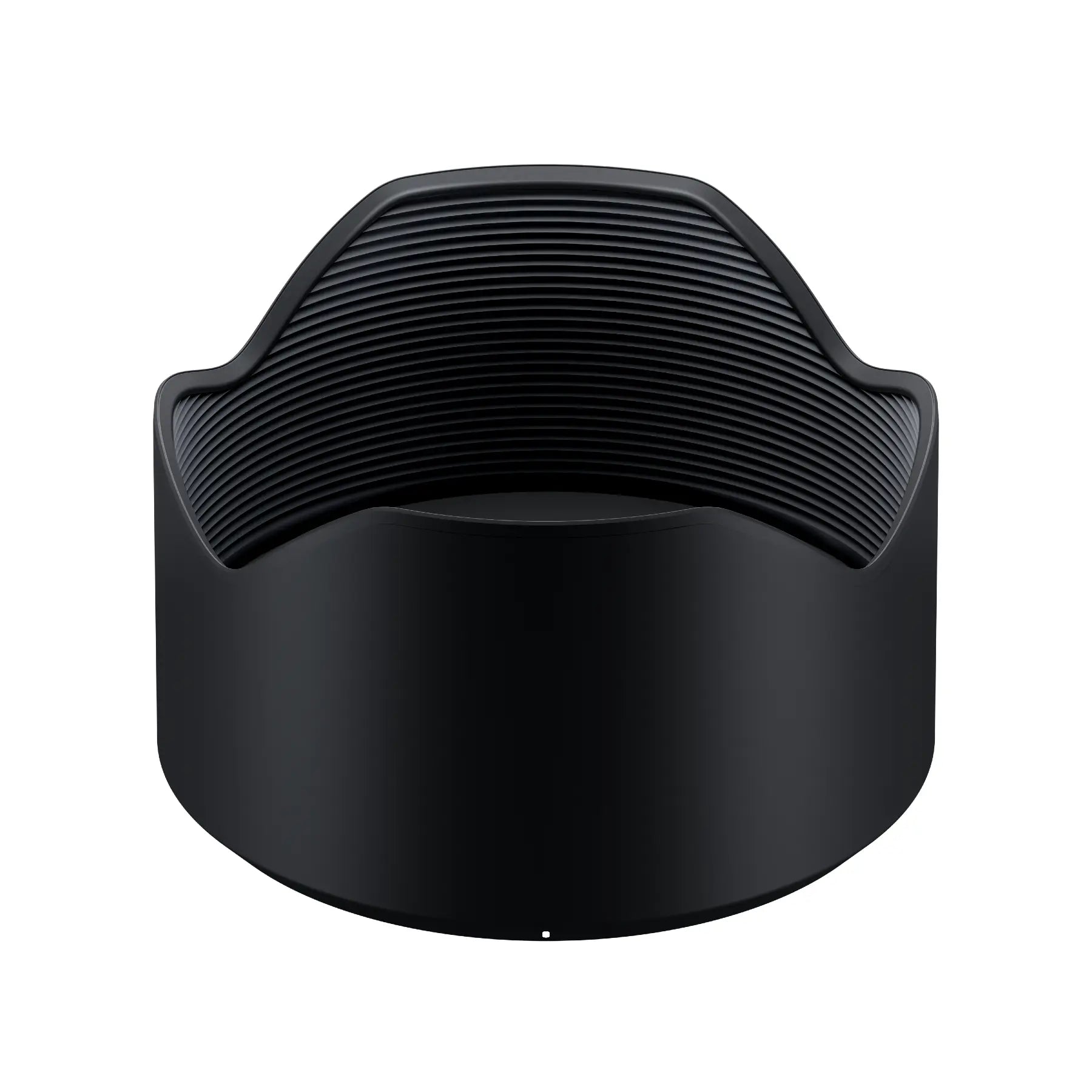Product Description
Tamron 70-180mm F/2.8 Di III VC VXD G2 Lens – Sony E Mount
Fast, Compact Mid-Range Zoom with Advanced Stabilisation
The Tamron 70-180mm F/2.8 Di III VC VXD G2 is a versatile mid-range telephoto zoom lens designed for full-frame Sony E-mount mirrorless cameras. Featuring a fast F/2.8 aperture, Vibration Compensation (VC), and an advanced VXD autofocus system, this lens delivers exceptional image quality, precision, and reliability in a compact, lightweight design.

Engineered to meet the demands of portrait, event, wildlife, and sports photography, this second-generation model offers improved optical performance, enhanced autofocus compatibility, and support for Tamron’s Lens Utility software. Whether shooting in low-light conditions, fast-paced environments, or harsh weather, this lens provides superior sharpness, stability, and control.
Key Features & Benefits
Fast F/2.8 Aperture for Stunning Depth & Low-Light Performance
- Maintains a bright F/2.8 maximum aperture throughout the zoom range, allowing for excellent background separation and low-light versatility.
- Delivers sharp images with beautiful bokeh, making it ideal for portraits, weddings, and cinematic video work.

High-Precision Autofocus with VXD Technology
- VXD (Voice-coil eXtreme-torque Drive) Linear Motor provides lightning-fast, accurate, and near-silent autofocus performance.
- Perfect for capturing fast-moving subjects in sports, wildlife, and action photography.
- Enhanced compatibility with Sony’s advanced autofocus features, ensuring reliable tracking and eye detection.

Newly Integrated VC (Vibration Compensation) for Handheld Stability
- Tamron’s VC Image Stabilisation minimises camera shake, enabling sharp handheld shots even at slower shutter speeds.
- Particularly effective for low-light shooting, video recording, and telephoto zoom applications.

Enhanced Optical Design for Superior Image Quality
- Refined optical formula delivers crisp, high-resolution images with minimal aberrations across the entire zoom range.
- Improved contrast and colour accuracy, ensuring lifelike rendering of details and textures.

Compact, Lightweight & Travel-Friendly Design
- Optimised for portability, making it one of the smallest and lightest 70-180mm F/2.8 lenses available.
- Perfect for photographers on the go, offering a balance of performance and convenience.

Weather-Sealed for Outdoor Shooting
- Moisture-Resistant Construction protects against dust, humidity, and light rain.
- Fluorine-Coated Front Element repels water, oil, and fingerprints, ensuring easy cleaning and long-lasting durability.
Seamless Integration with Tamron Lens Utility
- Compatible with Tamron Lens Utility Software & Mobile App, allowing for custom focus adjustments and firmware updates via USB.
- Offers additional flexibility for tailoring autofocus behaviour to specific shooting styles.
Why Choose the Tamron 70-180mm F/2.8 G2?
- Fast F/2.8 aperture for excellent low-light and bokeh control.
- Newly added Vibration Compensation (VC) for superior handheld stability.
- Compact and lightweight design, perfect for travel and event photography.
- VXD linear motor delivers fast, precise, and near-silent autofocus.
- Weather-resistant construction ensures durability in various conditions.
- Seamless compatibility with Sony’s autofocus features and Tamron’s Lens Utility software.
Take Your Photography Further with the Tamron 70-180mm F/2.8 G2
For photographers and videographers seeking a high-performance, lightweight telephoto zoom, the Tamron 70-180mm F/2.8 Di III VC VXD G2 offers outstanding image quality, fast autofocus, and advanced stabilisation. Whether capturing portraits, sports, or nature, this lens delivers professional results in a compact, travel-friendly package.
Payment & Security
Your payment information is processed securely. We do not store credit card details nor have access to your credit card information.
























